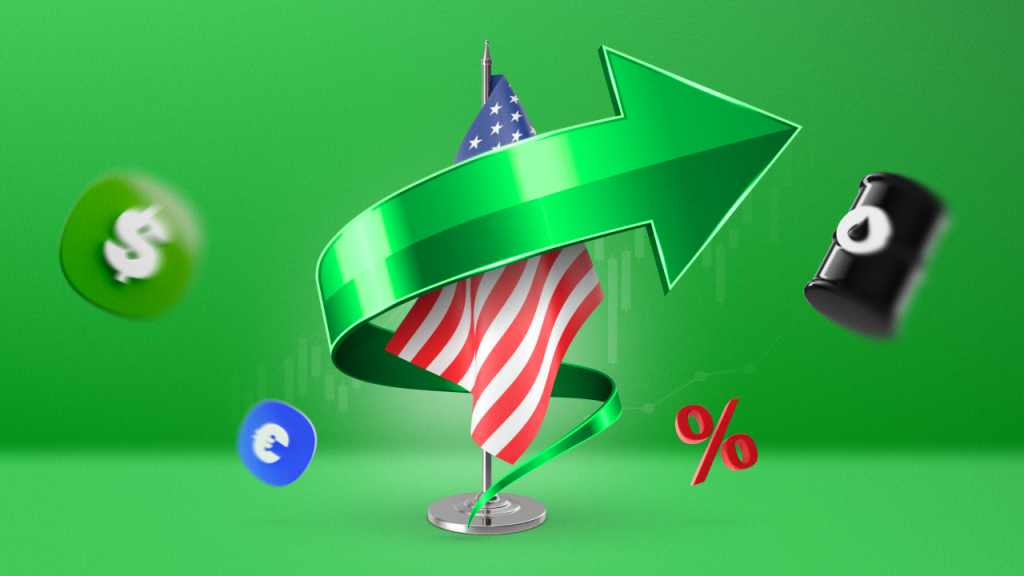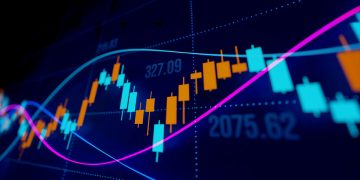Overview of key LEIs (ISM, PMI, jobless claims, consumer confidence)
Timing the market is often dismissed as a fool’s errand, but for those who understand the rhythm of economic cycles, it becomes a calculated strategy. Leading Economic Indicators (LEIs) are the compass investors use to navigate the ups and downs of the macro environment. These indicators provide early signals of where the economy is heading—offering valuable insights for making tactical entry and exit decisions in both equities and fixed income markets.
The Institute for Supply Management (ISM) Manufacturing Index is one of the most closely watched indicators. A reading above 50 typically indicates expansion, while below 50 suggests contraction. Investors watch trends in new orders, inventory levels, and supplier deliveries to assess where industrial momentum is heading. A declining ISM index often precedes earnings slowdowns, making it a red flag for risk-off positioning.
Purchasing Managers’ Indexes (PMIs), whether from S&P Global or regional sources, complement the ISM data. PMIs cover both manufacturing and services, giving a broader view of economic health. For instance, a service PMI above 55 can signal strong consumer demand, which may translate to rising retail and travel stocks.
Jobless claims are another critical LEI. Weekly initial unemployment filings are among the timeliest indicators available. A consistent rise in claims signals labor market weakness and could imply slowing wage growth or rising layoffs—conditions that often lead to lower consumer spending. Conversely, ultra-low jobless claims usually reflect economic resilience and help justify risk-on strategies.
Consumer confidence indexes, like those from The Conference Board or the University of Michigan, reflect sentiment on spending, job security, and future expectations. High confidence readings tend to correlate with stronger retail sales and discretionary spending. A sudden drop in confidence often foreshadows consumption pullbacks or housing weakness.
Other important LEIs include building permits, new home sales, yield curve steepness, and credit spreads. Together, these indicators form a mosaic that helps investors gauge the balance between optimism and risk. Knowing when this balance shifts can make the difference between catching a rally early or getting caught in a downturn.
Historical accuracy in predicting corrections and rebounds
While no indicator is perfect, the historical record shows that certain LEIs have reliably flagged turning points in markets. For example, sharp declines in the ISM Manufacturing Index have often preceded bear markets by several months. In the 2008 financial crisis, the ISM began falling steadily in late 2007, while equity markets peaked around October of that year.
During the COVID-19 crash in early 2020, jobless claims exploded to record levels just weeks before markets hit their lowest point. Similarly, a recovery in PMI and ISM readings helped confirm the economic bottom, supporting a V-shaped rebound in equity prices by summer.
Consumer confidence has also proven useful in identifying inflection points. In the aftermath of major shocks like 9/11 or the European debt crisis, rebounds in consumer sentiment preceded recoveries in consumer discretionary stocks. Conversely, plunging sentiment in late 2008 and early 2022 mirrored broader market turbulence.
Importantly, these indicators are most effective when interpreted in context. A single weak data point may be noise, but sustained deterioration across several LEIs suggests a real shift in economic momentum. Cross-confirmation among indicators increases the reliability of the signal.
Statistical studies show that leading indicators have a lag time of 3 to 6 months before GDP and earnings reflect the same changes. This gives informed investors a window to reposition their portfolios in advance of broader market reactions. For those with patience and discipline, that edge can lead to outsized gains.
How hedge funds use this data
Hedge funds and institutional investors don’t just observe economic indicators—they integrate them into sophisticated trading models. For many macro funds, LEIs serve as core inputs in their asset allocation algorithms, helping to decide exposure levels to equities, bonds, currencies, and commodities.
Quantitative strategies may track changes in PMI and ISM readings month-over-month and compare them to long-term averages to generate directional signals. When the momentum of leading indicators turns negative, these models might reduce equity beta or shift to defensive sectors. Conversely, positive surprises in jobless claims or building permits could trigger long positions in cyclicals or small-cap stocks.
Discretionary macro funds often take a broader view. They use LEIs to build a narrative about where the economy is heading and align their positions accordingly. For instance, a hedge fund expecting a recession may short transportation or semiconductors while going long Treasuries or utilities.
In currencies, LEIs help guide FX pair trades. A surge in European PMIs relative to U.S. data might prompt funds to bet on euro strength. Similarly, falling Chinese industrial orders could support bearish bets on commodity-linked currencies like the Australian dollar.
Credit-focused hedge funds use LEIs to anticipate widening or tightening spreads. Weak jobless claims and consumer sentiment often lead to broader spreads in high-yield bonds, signaling increased risk of default. Funds adjust credit exposure based on these early warnings.
Moreover, some hedge funds incorporate machine learning models that analyze hundreds of macro indicators, news sentiment, and policy signals to fine-tune entries and exits. These data-driven approaches allow them to front-run broader market moves and capture alpha from economic surprises.

Incorporating LEIs into retail investing platforms
For everyday investors, accessing and interpreting LEIs has never been easier. Most online brokerages and financial news platforms now offer real-time economic data feeds, including interactive charts and expert commentary. Platforms like Bloomberg Terminal, TradingView, and Yahoo Finance allow users to create watchlists and alerts for key indicators.
Some robo-advisors and digital wealth managers are beginning to embed economic data into their risk models. While these platforms primarily operate on strategic allocation, they may adjust risk tolerance bands based on LEI trends. For instance, a steady decline in consumer confidence could lead to lower equity exposure for conservative accounts.
Retail investors can take a more active approach by tracking a curated set of indicators. Monitoring the ISM report on the first business day of each month, watching Thursday jobless claims, and reviewing monthly consumer confidence reports offers a manageable yet informative macro framework.
Several ETFs and mutual funds are also designed with macro-sensitive strategies. These funds may adjust sector weightings or asset class exposure based on economic trends. For example, funds may overweight industrials and financials when PMIs rise or shift to bonds and staples when LEIs deteriorate.
Apps like Koyfin and Finbox have democratized access to economic charts and analytics, allowing investors to overlay market data with LEIs to spot correlations. For example, comparing the S&P 500 with the ISM index over time reveals clear patterns of market peaks aligning with ISM drops.
Educational content has also improved. YouTube channels, Substack newsletters, and TikTok finance creators increasingly explain LEIs in simple terms—bridging the gap between professional and retail audiences. As macro awareness grows, retail investors are better positioned to act not just on price, but on forward-looking data.
Conclusion
Leading Economic Indicators are more than just abstract numbers—they are real-time tools that can empower investors to act with foresight instead of hindsight. Whether you’re managing a billion-dollar hedge fund or your own brokerage account, the ability to interpret economic signals offers a powerful edge.
From predicting corrections to spotting rebounds, LEIs provide context and clarity. They help investors align strategy with the economic environment, avoid emotional decisions, and time market entries with greater confidence.
In today’s volatile and fast-moving world, waiting for confirmation often means missing the move. But by reading the signs early—through ISM, PMI, jobless claims, and consumer confidence—investors can act ahead of the curve. That’s the essence of informed, proactive investing.


































